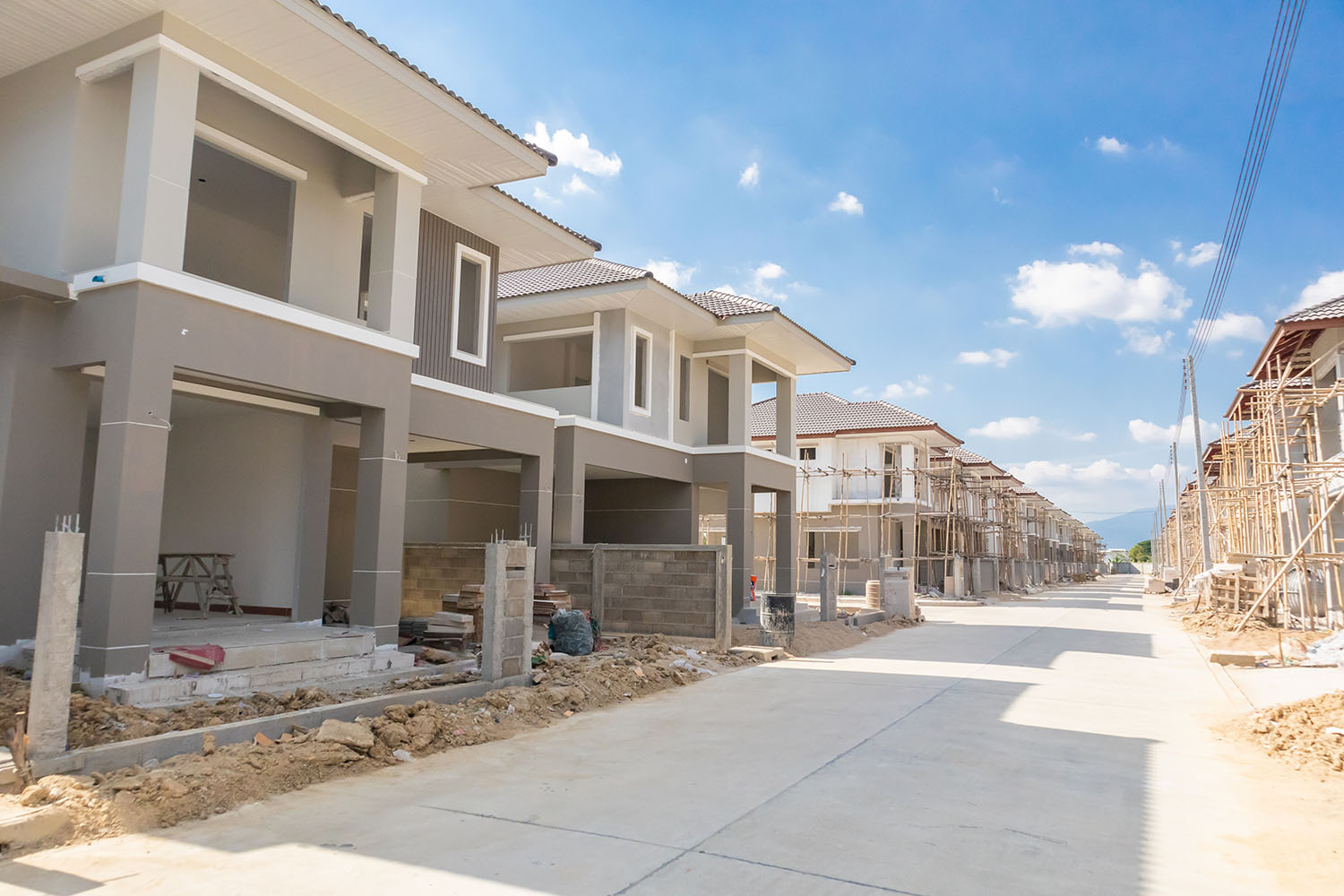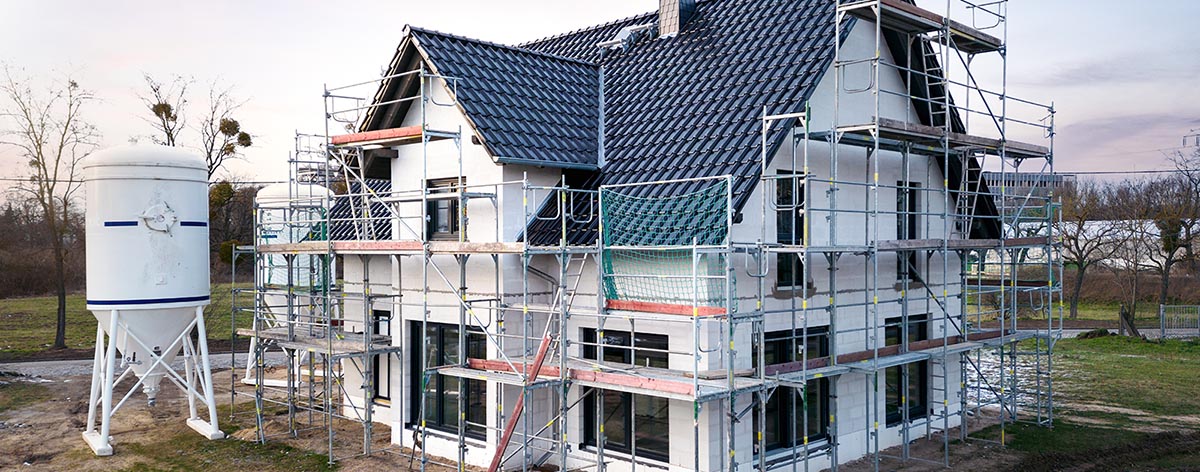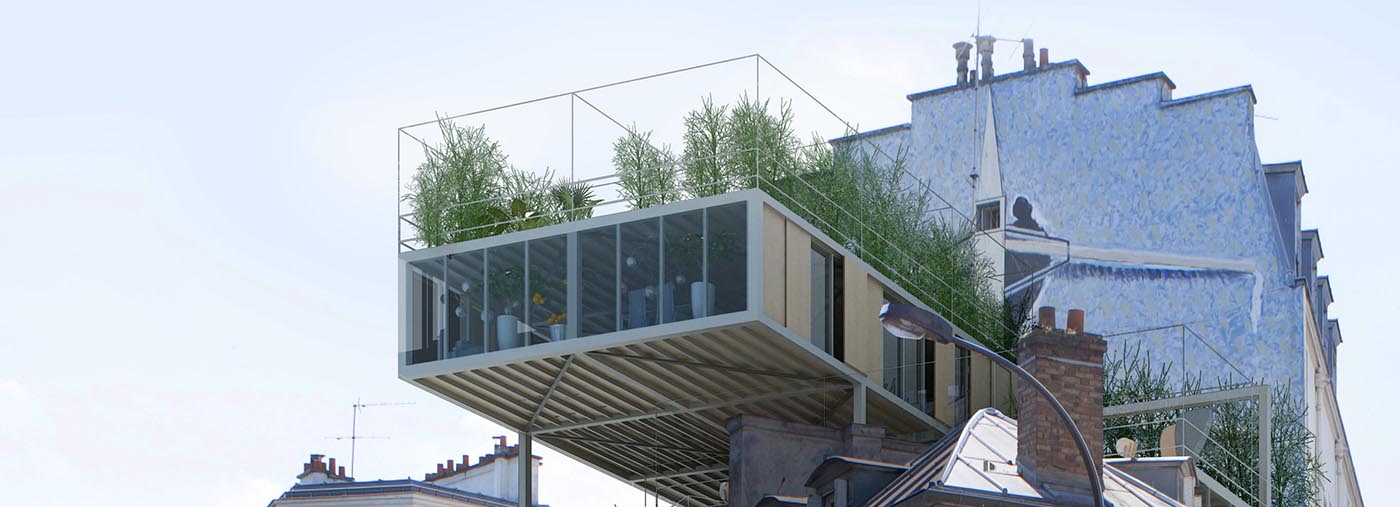Since the outbreak of the war in Ukraine and the soaring energy prices, the production of our own electricity has been enjoying a golden age. However, the unstructured expansion of systems in a volatile market has consequences: Companies are going bankrupt and energy suppliers are refusing to feed into the grid. The construction industry is fundamentally facing major challenges. What consumers need to look out for now.
Photovoltaics is booming – subsidies and grants have been facilitating the construction and expansion of photovoltaic systems for years. This will not change in the future: The weakening construction industry is to be intensively fueled by renovation and construction projects. 1 billion EUR will be made available by the Austrian federal government for the replacement of gas and oil heating systems and for thermal refurbishment.
Everything rosy? Not at all!
More PV capacity is being installed than ever before, but the newly installed PV capacity is currently falling again. We analyze the challenges that PV expansion and the construction industry are currently facing and what measures you can take to minimize risks.
This is because the construction and PV industries are currently exposed to a variety of risks:
- End consumers are investing less
The financial situation is difficult for end consumers: high interest rates mean that money costs money again, as a high prime rate makes bank loans more expensive. The massive rise in the cost of food, rent and electricity, for example, is also causing problems. All of these cost increases are concentrated on the end consumer, who is more careful with money and saves. This development is also reflected in the area of real estate financing, which fell by 51% in the first half of the year compared to the previous year.Investments in renovation and PV systems are also increasingly being recalculated today: As energy prices for end consumers are once again more predictable and lower compared to the previous year, these projects take longer to pay off – in other words, to amortize.
With the high subsidies on the part of the Austrian Federal Government, the situation could ease again, but there are still other challenges:
- Rejection of feed-in
According to Vera Immitzer, Managing Director of the Austrian Photovoltaic Association, around 70% of PV projects cannot be implemented as planned. The reason: The feed-in capacities are not available because “in the past, the grid was not expanded with enough foresight.” (Source: Building Times)The electricity grid is the bottleneck of the energy transition, it has reached its limits: it was built at a time when the supply of electricity was still traditionally divided between a few producers. This model is history with the energy transition. Due to the slow expansion of the grids, renewable electricity cannot be transported to where it is needed. An example: On strong days, Burgenland produces 8 times as much as it needs with its wind turbines. However, this electricity cannot be transported to areas with undersupply or to a storage facility.
This means that energy suppliers will (have to) increasingly take power plants and end consumers feeding into the grid off the grid or allow fewer and fewer households to feed into the grid. This is because the subsidies have already led to a massive expansion of PV systems in private homes. If, for example, neighbors already have a system, the chance of getting access is reduced. Wind and hydropower plants are also repeatedly shut down to prevent grid overloads. You can find out more about the challenges here.
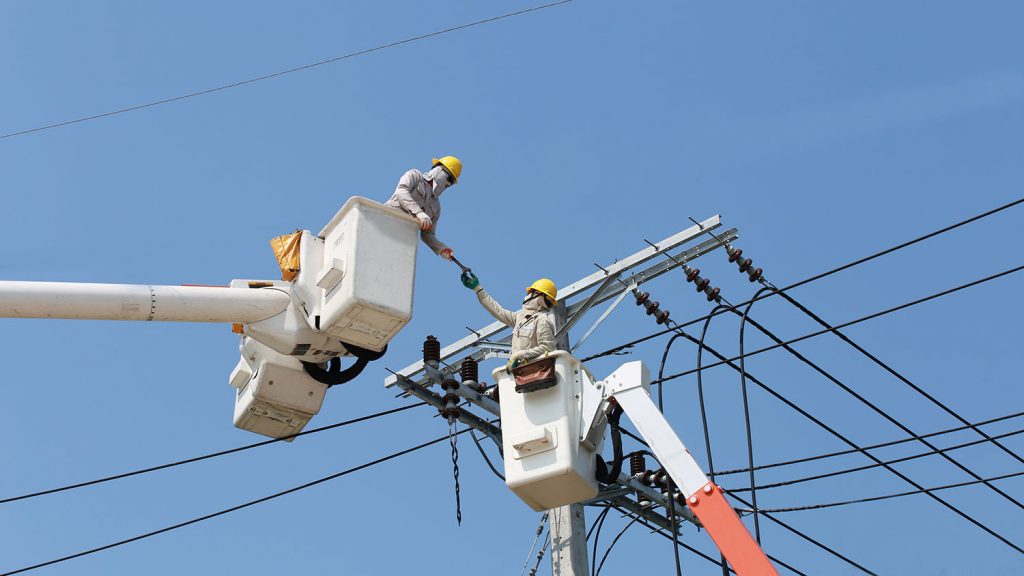
- Insolvency of suppliers & construction companies
The business of selling and installing PV systems attracted entrepreneurs. However, the unstable market coupled with high growth, high staff turnover and supply problems with storage systems and inverters over the last two years is now leading to an increasing number of insolvencies. The background: There are far too few expert installers who can install PV systems. They are poached from other companies or sectors, recruited and developed further. The shortage of skilled workers is (not only) slowing down the energy transition: Our economic growth is already reaching its personnel limits in our latitudes.Due to material shortages, increased demand and high energy prices, the prices for the purchase and installation of PV systems have risen massively. The devices are now available again, and companies have stocked up on material out of an abundance of caution. However, as there are now more providers on the market and consumers are less willing to invest, fewer projects are spread across more companies. Sales prices are falling on the market, and with them the earnings situation for companies. Competition is therefore becoming tougher and not all companies are surviving this difficult situation.
According to an analysis by the Kreditschutzverband, the construction industry has come under increased pressure in the first three quarters: “Compared to 2019, we are currently talking about around 12% more bankruptcies in the construction industry, and the trend is rising,” explains MMag. Karl-Heinz Götze, Head of the Insolvency Division at KSV. The order situation is weak in 2023 – caused by high material and credit costs, which have put major projects on hold, as well as consumers’ reluctance to invest. Residential construction has declined massively: According to the industry radar, market researchers are forecasting 28% fewer new building permits and 13% fewer construction starts than in 2022.
What you should look out for as an end consumer
If you are planning a new renovation or energy transition project as a result of the intensive subsidies, the Chamber of Labor’s consumer protection department has a few tips on what to look out for when planning:
- Make sure you obtain all the necessary permits for the PV project in advance, and you should also take care of the electricity supply contract in good time, as without this contract the grid operator may not connect the system to the grid and there may be delays in commissioning the system.
- Make sure that the company offering the service is reputable: In which country is the company based, does it have a valid business license? You can check this in two ways: Search for the company in the business information system of the Austrian Federal Economic Chamber and check whether it is correctly registered and has the required business licenses.
You can also obtain information about the company and the registered trades via the GISA query (trade information system of the Federal Ministry of Labor and Economics). If you cannot find the name of the company straight away, try the company register number, which should be on the cost estimate or on the homepage.
- Quality in information, planning and installation: Is there an up-to-date and informative homepage? Do any of your friends or neighbors have experience with this company? How well does the company advise you?
=> Get active and find out more about the company. And: Demand compliance with the ÖNORM. This standard specifies minimum requirements for products, services, systems and qualifications and thus stands for a minimum quality. - Is the company sufficiently liquid? For larger projects, it is advisable to enquire about the company’s creditworthiness with the Kreditschutzverband von 1870. Stay away from companies with a poor rating!
Watch out for (delivery) delays, permanent postponements – in addition to delivery problems, a lack of liquidity could also be the reason.
- Keep down payments as low as possible: Pay as little as possible to avoid losing a large part of your investment in the event of problems. Have all down payments confirmed in writing and ask for an invoice. This also applies …
- … for cost estimates and order confirmations: Put all steps in writing, in particular when you have to pay which amount.
- Remember that you cannot demand a warranty for projects that are “botched” and do not deliver sufficient quality. Furthermore, problems could arise with insurance companies in the event of damage. Please note: You need a licensed electrician to apply for and commission a PV system.
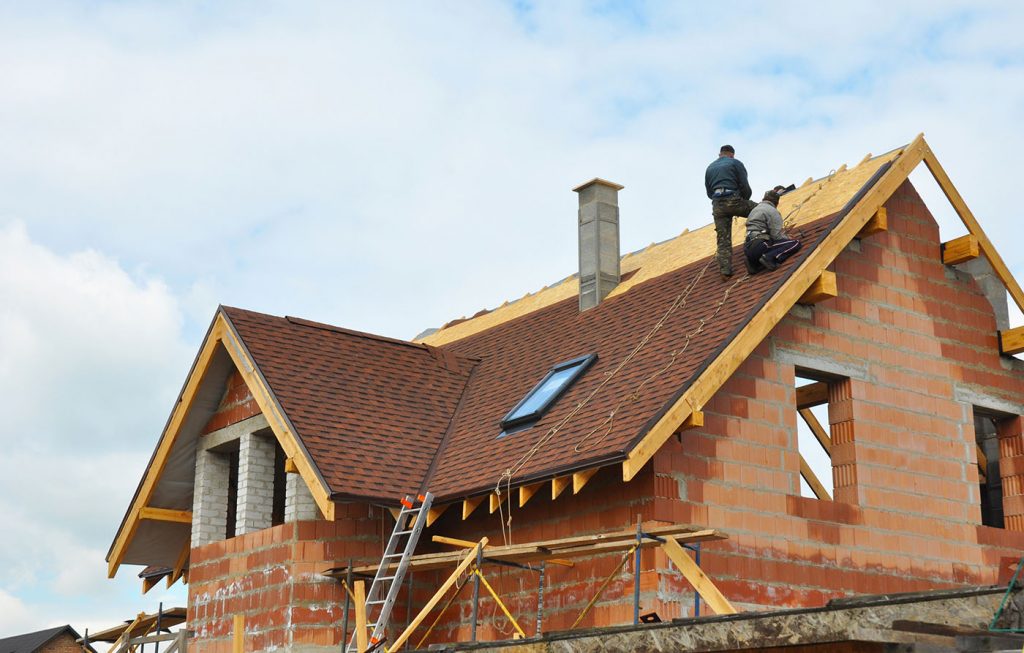
It is better to go into a construction or restructuring project actively and prepared: if the company goes bankrupt during the contract, it is often difficult to get the money back. The so-called insolvency edict is published in the insolvency file.
As a creditor in bankruptcy proceedings without continuation of the company, you can register your claims within a certain period of time. As an end consumer, however, experience shows that you only get a small quota, explains consumer protection expert Horst Krumholz from the Chamber of Labor. For one thing, a fee would be due when registering a debt, and for another, end consumers are usually the last in line. This means that filing a claim does not always pay off. Weigh up the registration costs and the expected quota to avoid being stuck with higher costs. Before that, investors and banks, for example, are often serviced from the remaining assets.
If you as an end consumer are affected by the insolvency of a company, you will find advice and support here:
Chamber of Labor https://www.arbeiterkammer.at/beratung/konsumentenschutz/index.html
Association for Consumer Information (VKI) Legal advice from the VKI https://vki.at/beratung
Insolvency for companies: What should I do? https://konsument.at/geld-recht/insolvenz-bei-unternehmen
Insolvency cases / Credit Protection Association of 1870. https://www.ksv.at/presse/insolvenzfaelle
Who is responsible for what in a PV system? https://www.netzooe.at/photovoltaik/zustaendigkeiten
Author: Anja Herberth
Chefredakteurin


